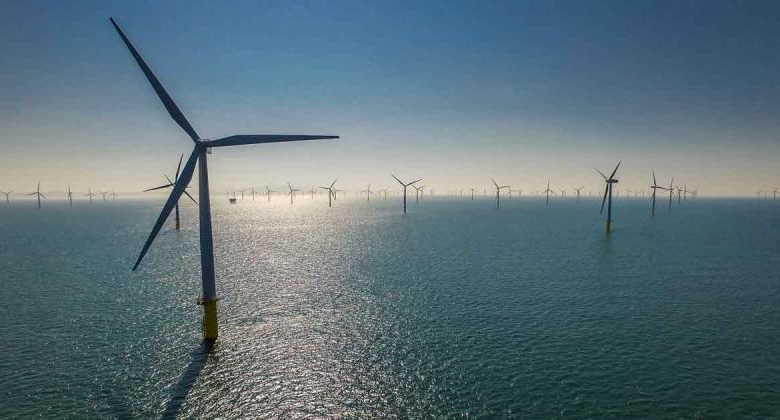German research warns on risks of locating wind farms too close together

If offshore wind turbines are clustered too close together they will produce less power, a new study suggests.
More and more countries are promoting the expansion of wind farms at sea to support the transformation towards a carbon neutral energy production. However, if these offshore wind farms are set up too close to each other, wind energy and hence electricity yield is reduced, according to Germany’s Helmholtz-Zentrum Hereon.
The expansion of wind energy in the German Bight and the Baltic Sea has accelerated enormously in recent years. The first systems went into operation in 2008. Today, wind turbines with an output of around 8,000 MW rotate in German waters, which corresponds to around eight nuclear power plants. But space is limited. For this reason, wind farms are sometimes built very close to one another.
A team led by Dr Naveed Akhtar from the Helmholtz-Zentrum Hereon has found that wind speeds at the downstream wind farm are significantly slowed down. This braking effect results in large-scale low wind patterns noticeable in mean wind speeds. The output of a neighbouring wind farm up to 40 km away can be reduced by 20 to 25%. The research team took a full 10-year period looking at wind speeds across the North Sea.
“Conventional flow models for analysing wind farms have a very high spatial resolution, but only look at a wind field over a short period of time,” said Akhtar. “In addition, these cannot be used to determine how a wind farm changes the air flow over a large area.”
